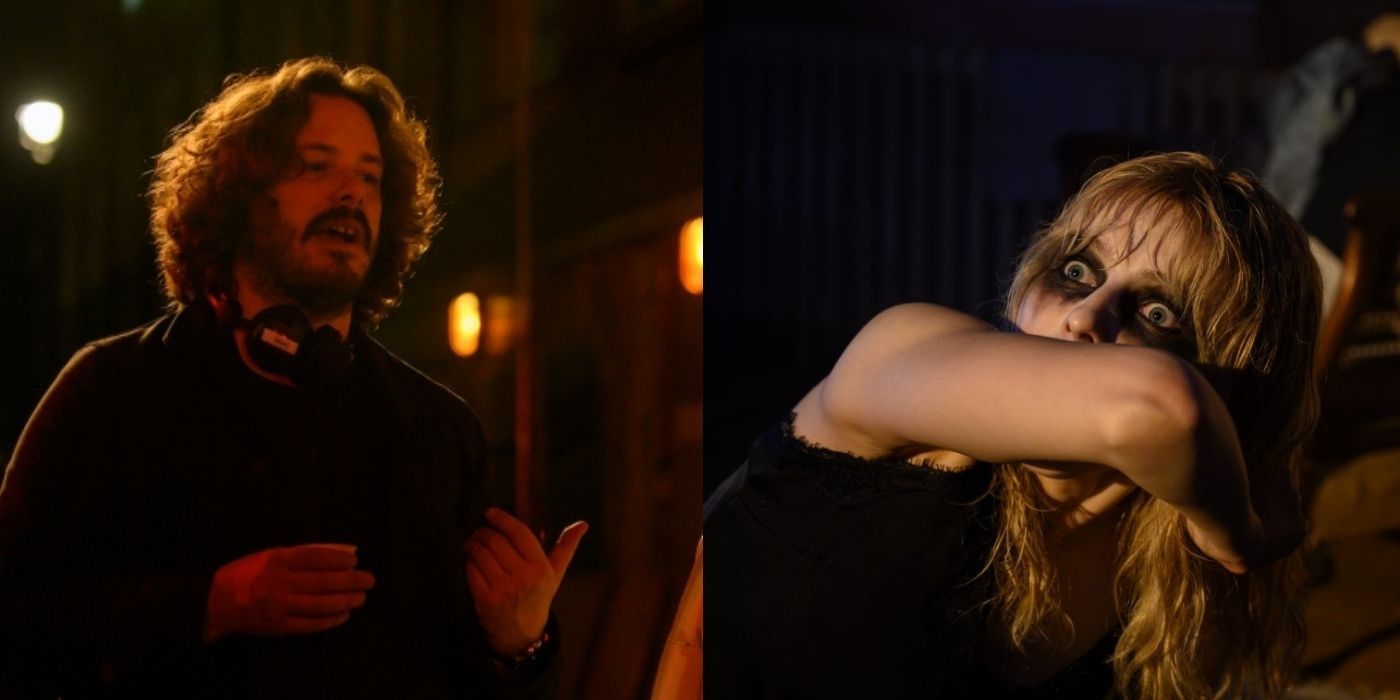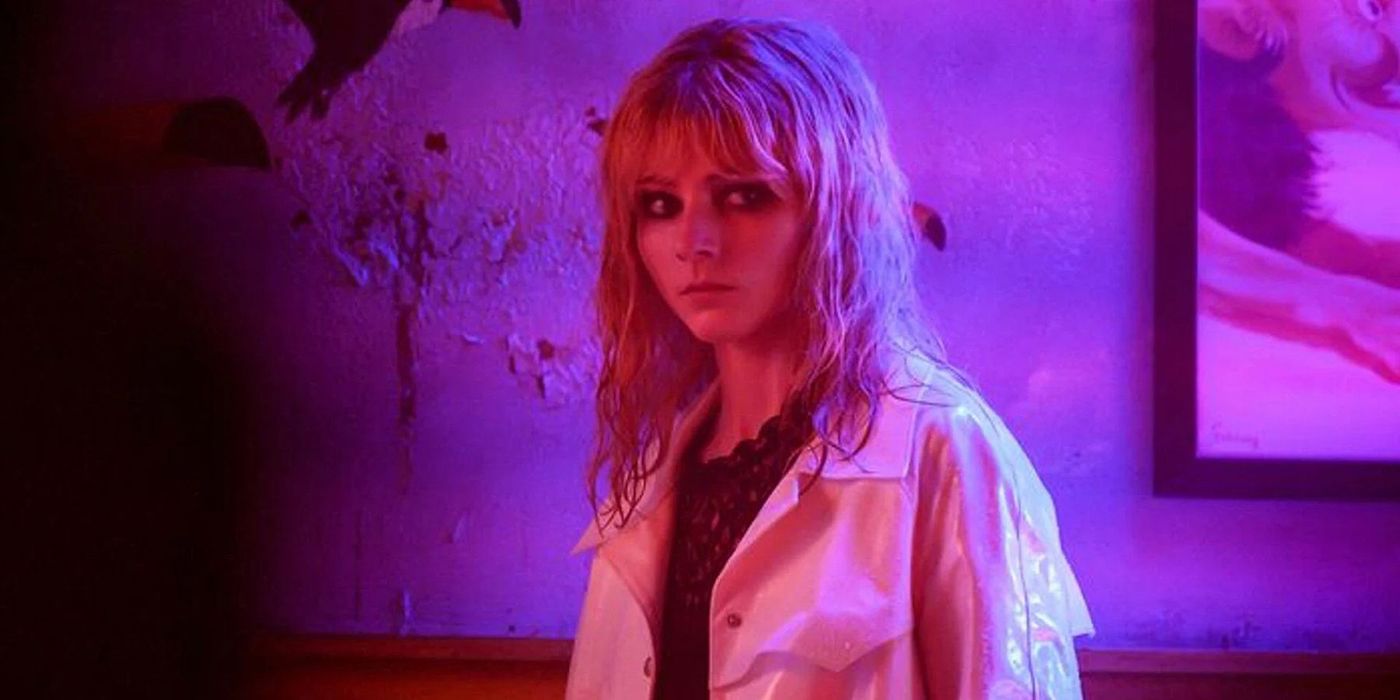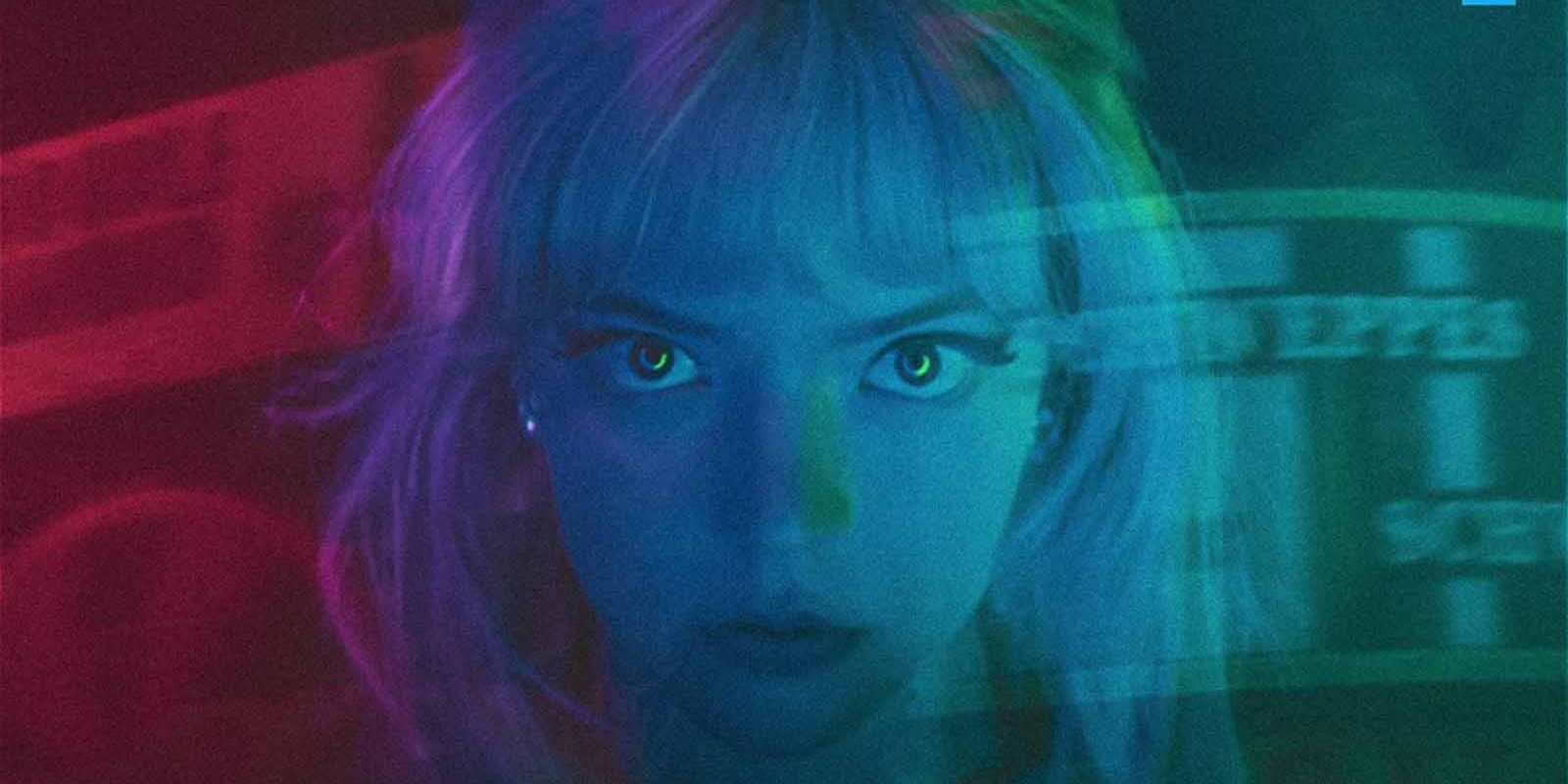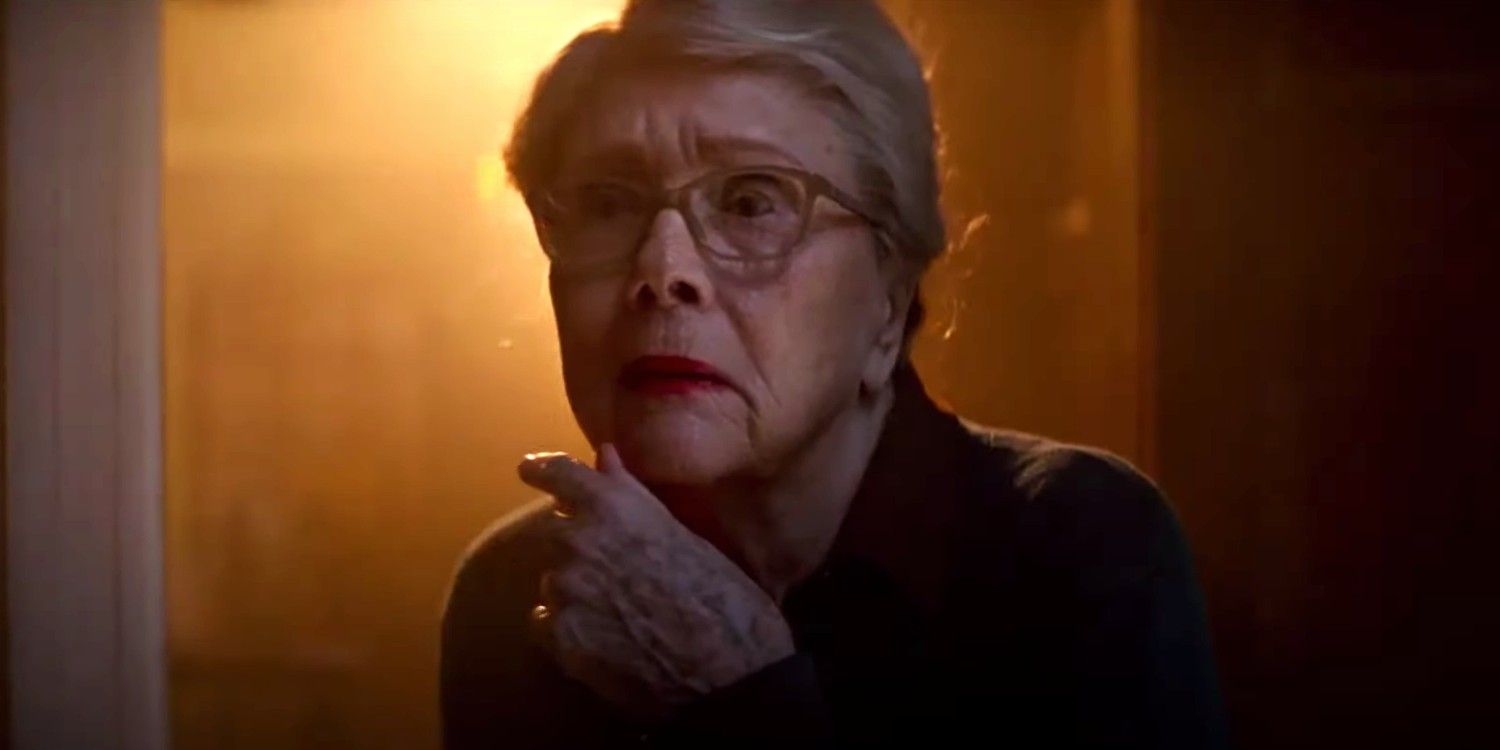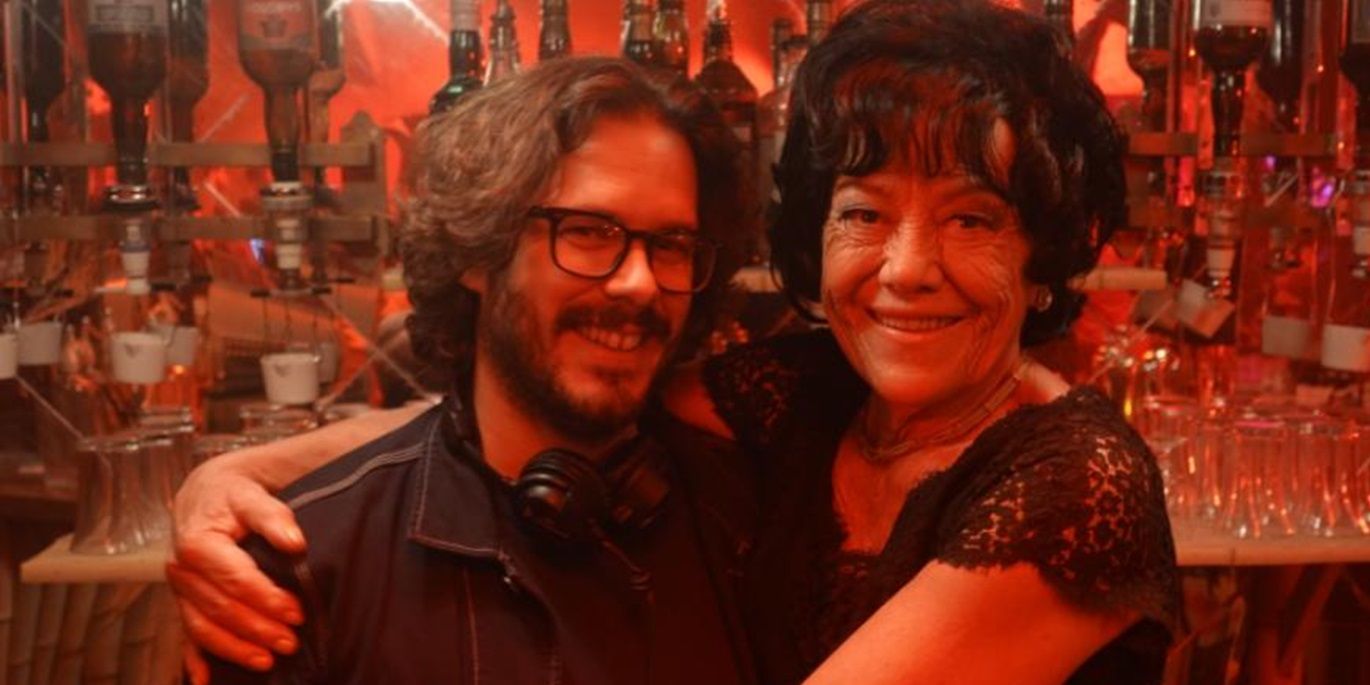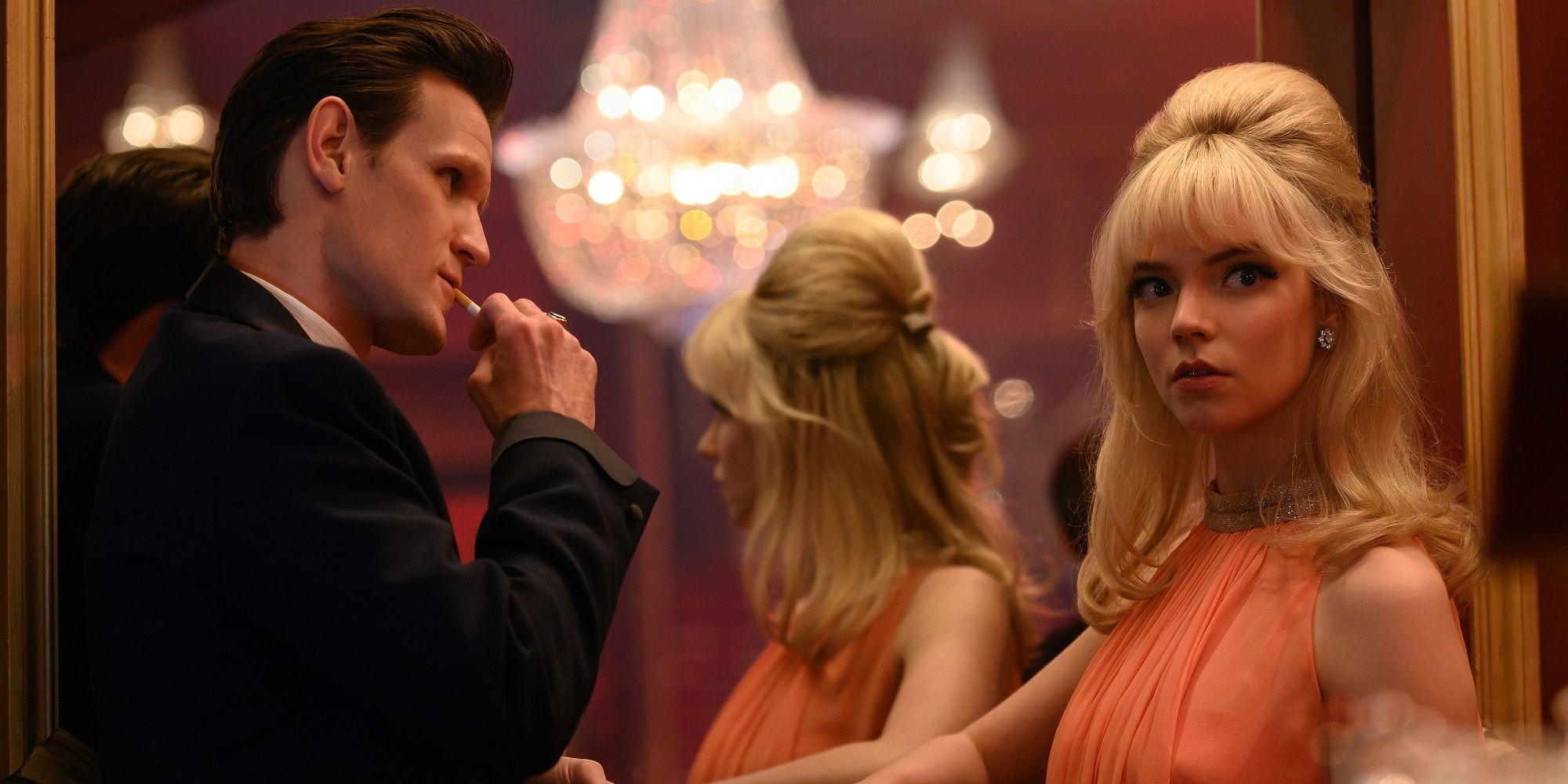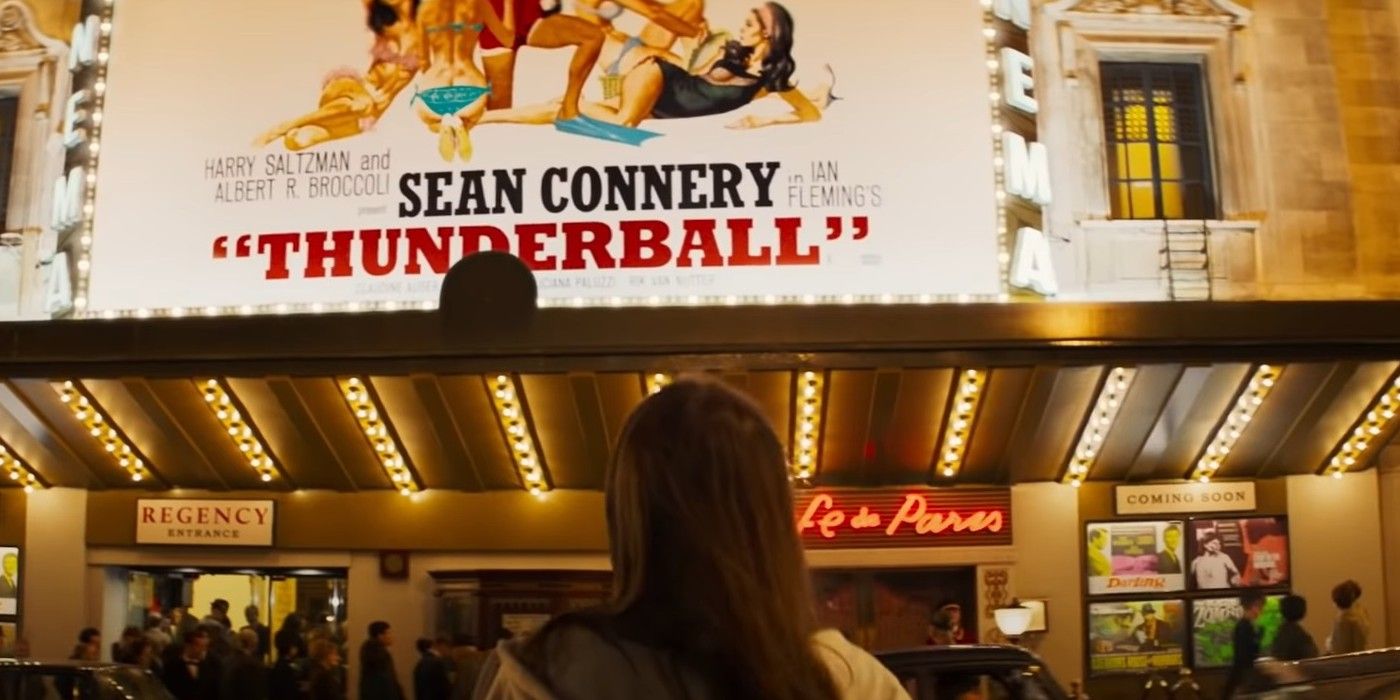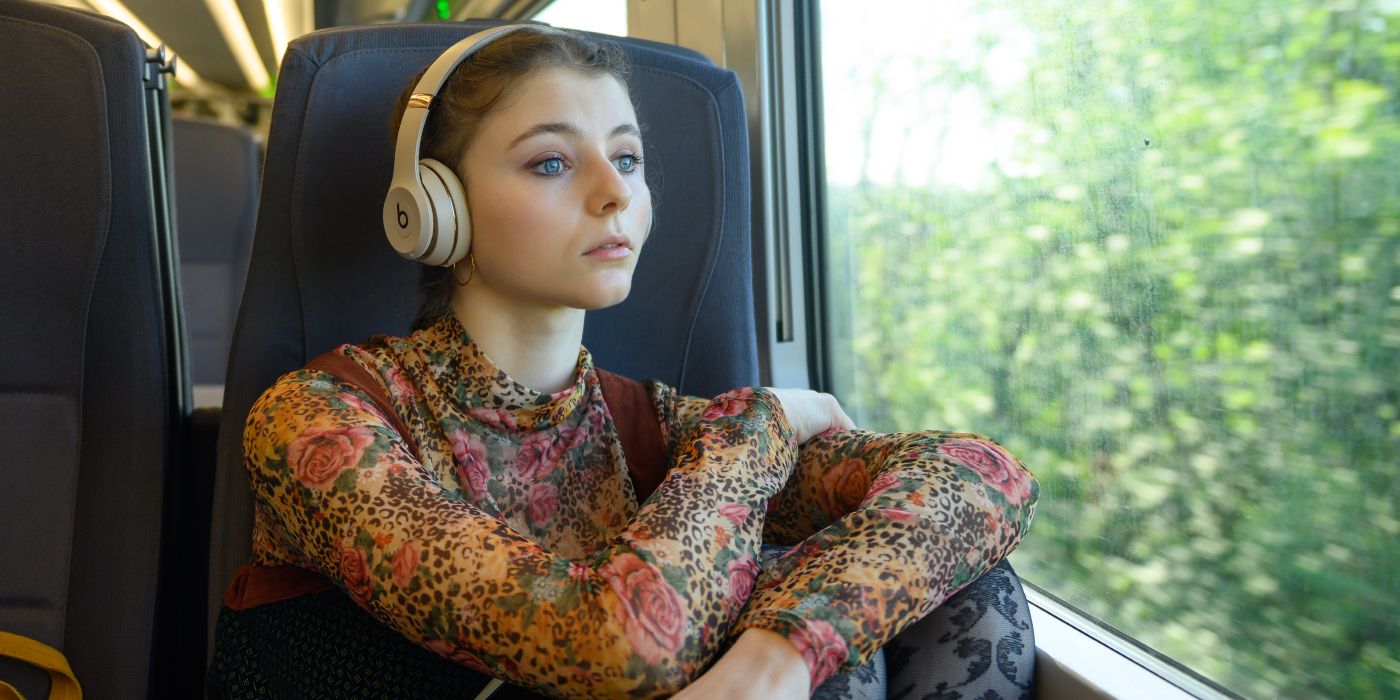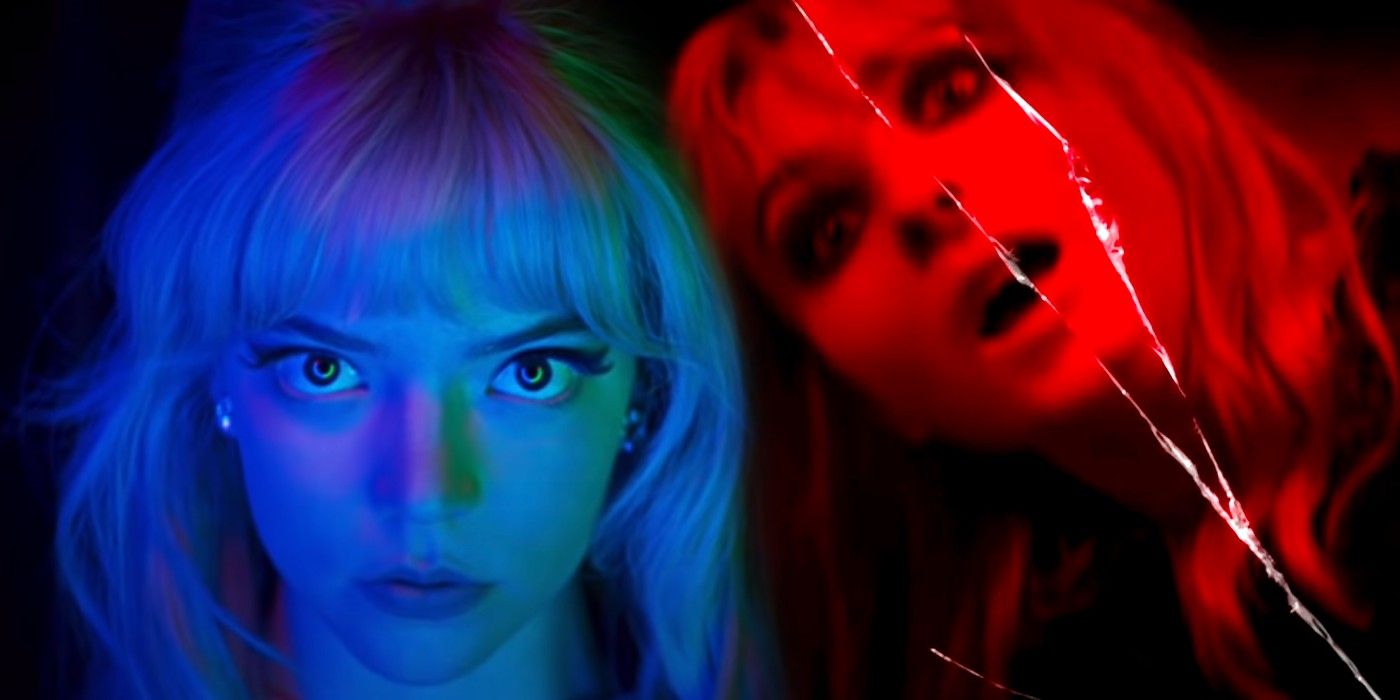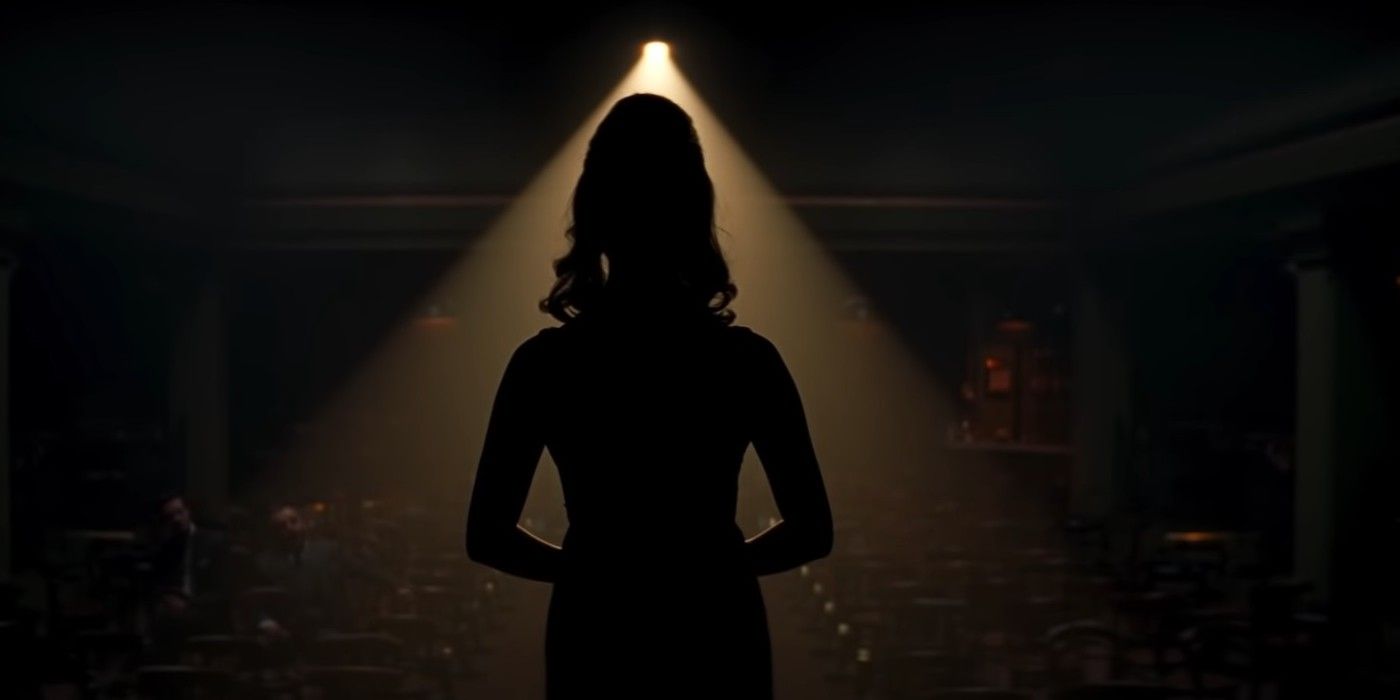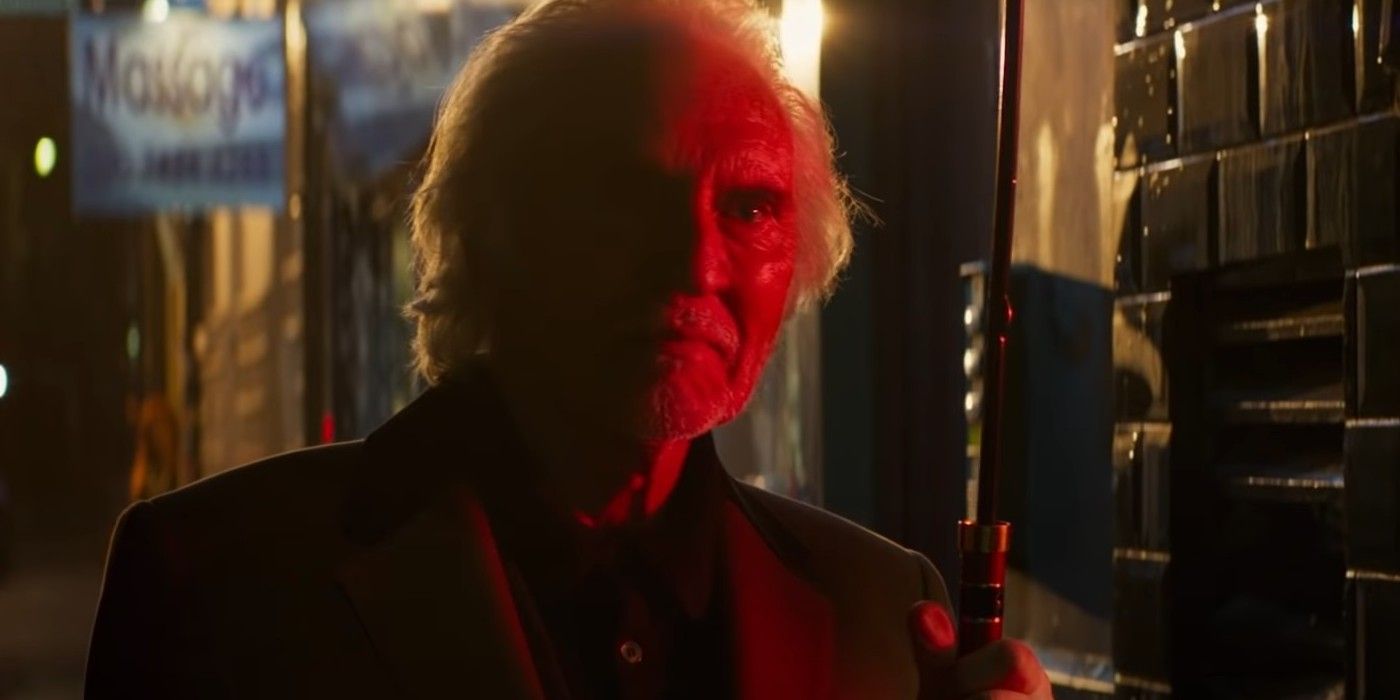Last Night In Soho has been drawing rave reviews from both critics and audiences alike, adding another feather in Edgar Wright's acclaimed filmography cap. When compared to his other comedies and thrillers, the film seems to be on the very top.
This claim can be backed by the way Wright has blended genres and overcome his own familiar tropes. The narrative's stylish exploration of the past, along with technical elements like the cinematography and production design, also add to the potential of Last Night In Soho being a cult favorite in the future.
It Blends Various Genres
Usually, Edgar Wright is known as a stalwart of absurd comedy, as is evident with some of the Cornetto trilogy's best characters and Scott Pilgrim Vs. The World. While Baby Driver found him experimenting with the thriller and heist genres, it is Last Night in Soho that brings out the best of his genre-blending.
It starts off as a time-traveling mystery and then proceeds to incorporate themes of psychological horror, eventually proceeding towards the territory of a slasher. These are some new genres for Wright, but he definitely seems to be comfortable with this approach and it elevates the movie's dramatic potential through his direction.
It Has A Great Balance Of Style And Substance
As is evident right from the trailer, Last Night in Soho is a film that oozes tons of style. Flashing lights, vintage music, long-take shots, fast-paced editing, bright costumes, and other such elements turn the film into an immersive mystery.
However, along with the flashy visuals and surreal themes, Wright also incorporates a deeply human story at its core, while exposing the dark side of show business, balancing style with substance in its dark story.
There Is Emotional Depth To Its Characters
Scott Pilgrim, Shaun, and Baby are some of the most memorable Edgar Wright characters. However, these individuals usually rely on their deadpan humor or even their social awkwardness to stand out. When it comes to Last Night in Soho, Wright creates characters with more layers and emotions.
Both Ellie and Sandy try to make a good life in London while overcoming the challenges on their way. In order to create their own identity, together, they must fight toxic men, supernatural entities, and time-traveling forces. Despite the larger-than-life elements in the narrative, the two protagonists have deeply personal arcs that can make viewers feel emotional and empathetic towards them.
It Subverts Common Edgar Wright Tropes
Edgar Wright is known for his signature tropes that tend to get repeated in his films. These include elements like speedy editing, actions synchronized to songs, and light-and-sound cues.
Such tropes can be seen even in Last Night in Soho, albeit in a slightly subverted manner. The editing, for instance, brings out more thriller vibes instead of being used for comedic purposes. The audiovisual cues, again, seem to be more than stylistic choices and are very relevant to the time-traveling premise. In this way, Edgar Wright reinvents himself with his latest feature.
It's A Love Letter To The '60s
Just like Quentin Tarantino's Easter Egg-heavy Once Upon A Time In Hollywood, Wright relies on both popular and obscure allusions to the yesteryear pop culture that influenced him. At the same time, the film does bring out the possibility of the toxic romanticization of the past.
The protagonist Eloise aka Ellie seeks to find a portal to the glorious past but eventually discovers that this very past can kill her, in the end. Regardless of the tragic story, though, the movie is a clear homage to the decade and all the style and music it entailed, not to mention the legacy of the period in London's Soho.
Marcus Rowland's Production Design Is Stunning
Worldbuilding plays a major role in a film as ambitious as Last Night in Soho, and Marcus Rowland's production design simultaneously captures the glamor and morbidity of the film's atmospheric setting.
Be it Miss Collins' creaky house or the bright theatre screening Thunderball, the sets remain true to the themes and period setting of the film. The stylish production design provides some visually-pleasing backgrounds that undoubtedly provide a good theatre experience. This runs contrary to other Wright films, like Shaun of the Dead and Baby Driver, as such films featured more memorable closeup shots instead, and not the panoramic zoom-outs of Soho's glorious sets.
It Has An Iconic Soundtrack
From The Kinks to the Who, the film's soundtrack brings out the best of the era it is set in. British jazz and rock seem to be the recurring genres, with each track serving a particular purpose and matching the chaotic tone of the narrative. Even the songs seem to be references on their own, as the film itself is named after a song of the same name and another song is named after the protagonist, Eloise.
Anya Taylor-Joy's rendition of Tony Hatch's Downtown is, of course, the cherry on the top, as it serves as her audition song in a nightclub. The songs in Edgar Wright's movies are linked with great attention to detail, but Last Night in Soho seems to be more intricate and thematic than the others.
It Features A Diverse Ensemble Cast
Edgar Wright's films have always boasted stellar ensembles, but Last Night in Soho seems to be a perfect blend of new-age talents and older stalwarts.
Thomasin McKenzie and Anya Taylor-Joy have both proven their dramatic prowess and creative versatility at a young age. As for Matt Smith, he seems to bring out a sense of cunning and villainy that is reminiscent of his critically-acclaimed portrayal of Prince Charles in The Crown. Likewise, veterans like Terence Stamp and Diana Rigg round out the cast with their stellar performances.
Chung-Hoon Chung's Cinematography Is Unforgettable
The 1960s come to life in Last Night in Soho largely due to Chung-hoon Chung's cinematography. Based on his experience with Park Chan-Wook's dark, twisted films and the It duology, Chung is adept at creating unsettling atmospheres. His collaboration with Wright helps set the movie apart from other conventional horror films.
The transitions from bright shades of red and blue lights to the dim-lit, dingy underbelly of London streets make Last Night in Soho all the more exciting. While Baby Driver stands out in terms of editing, Soho might rank at the top of Edgar Wright's films when it comes to cinematography.
It's An Unconventional Take On London
Edgar Wright paints 60s-era London as a land of opportunity, while also bringing out the horrors of the city. For Ellie, London seems to be the place where she can achieve all her dreams of being a fashion designer. But in her journey, she encounters judgmental friends, creepy cab drivers, and abusive men from London's past.
With so many movies celebrating the British city, Wright's story attempts at presenting its dual nature. And while Wright's other movies also often feature London, Last Night in Soho shows its more emotional, gritty elements.

